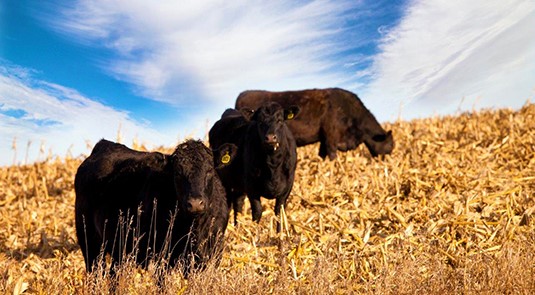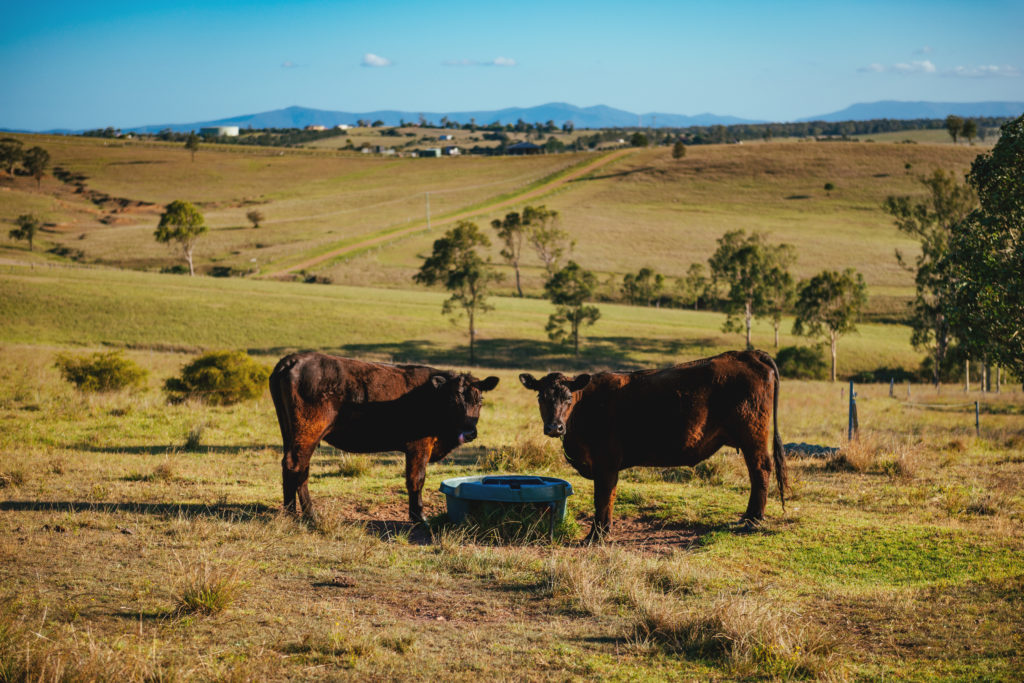
Urea (NPN) Poisoning
Urea is a valuable livestock feed supplement particularly when it comes to improving dry matter digestibility. Improved digestibility enables animals to eat more dry feed and therefore improve their level of productivity.
There are however significant risks associated with feeding urea and these must be understood before feeding urea to stock.
Causes of Urea Poisoning
- Sudden introductionto supplements containing high levels of urea.
- Excessive or irregular consumption.
- Irregular consumption of urea-containing supplements.
- Poor mixing.
- Dry licks and blocks becoming wet from rain.
- Feeding urea to starving livestock.
- Feeding urea to livestock when available forage levels are inadequate.
- Not ensuring an adequate supply of fresh drinking water.
- Not ensuring adequate trough space for supplements to avoid bullying and subsequent over-consumption.
Diagnosis of Urea Poisoning
Depending on the level of urea ingestion and the time taken to ingest the supplement, signs of urea toxicity may appear within minutes to several hours after ingestion. Onset and progression may be so rapid that animals may simply be found dead.
Clinically ill animals may display twitching of facial muscles and ears, teeth grinding, excessive salivation, bloat and abdominal pain with forced breathing and a staggering gait.
A large pool of rumen fluid may be present on the ground near the animal’s mouth. A post-mortem may reveal white foam in the airway and a rumen pH of 7.5-8. The smell of ammonia may also be evident.
Treatment
If animals can be handled, a stomach tube should be used to relieve bloat. This should be followed by a drench of 45 litres of cold water followed immediately by a drench of 5 litres of vinegar. Retreatment may be necessary within 24 hours if a relapse occurs.
As a rule of thumb, the rates for sheep are approximately one-tenth those of cattle.
Urea feeding recommendations and fast facts
- Ensure adequate forage.
- Ensure adequate water supply.
- Once introduced to urea supplement, ensure continued supply and avoid livestock running out of supplement.
- Once pasture quality and quantity is adequate remember to gradually wean stock off urea.
- If urea toxicity is suspected, remove supplement immediately.
- Urea doses of 0.25g/kg of body weight can be fatal in stock previously not exposed to urea.
- The presence of starch from grain or sugar from molasses results in superior utilization of urea and reduced risk of toxicity
- Young livestock are more susceptible to urea poisoning than mature livestock.
- Ensure supplements containing urea have adequate intake control features to avoid excessive intake.
- Urea should not contribute more that 40% of the total crude protein intake of supplemented livestock.
- Although horses have a higher tolerance to urea, it is best to keep them away from urea based supplements.
Learn more
To learn more about urea poisoning in livestock we recommend you read our tech note or for more articles in the Put Simply.
Don’t hesitate to call us with any questions – none are too silly or too small (especially during these trying times).




